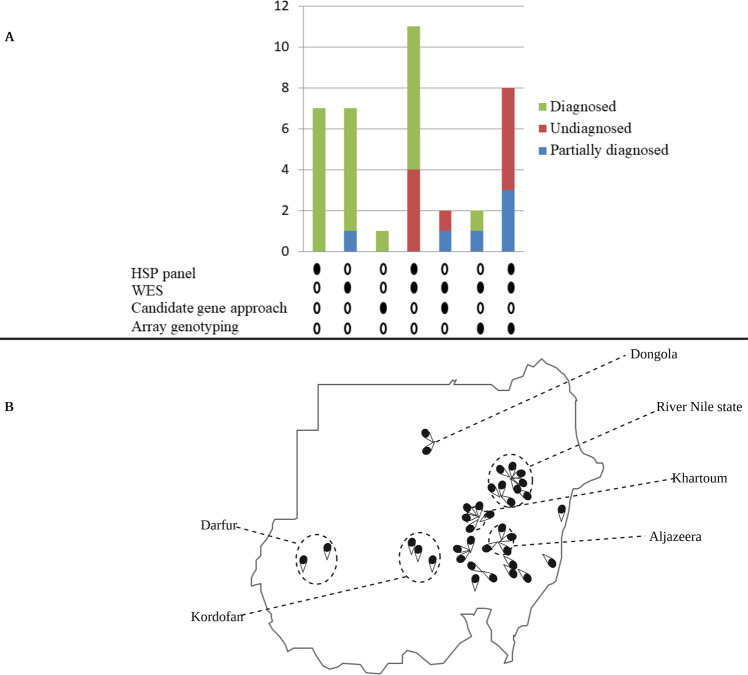Fig. 1. Genetic tools and geographical origins.
Genetic tools used for investigating our families and their utility (A) and the geographical origin of the families (B). A More than one genetic diagnostic approach was used in 23 out of 38 families, including all the undiagnosed families. Twenty-six families were investigated initially using HSP-targeted NGS gene panel (HSP panel) screening. Of these, eleven families were further investigated using WES and eight using WES and array genotyping. Eleven other families were directly investigated using WES, without HSP panel screening. Candidate gene approach was used in three families, two that were screened for repeat expansion-associated autosomal dominant spinocerebellar ataxias, and one for Friedreich’s ataxia repeat expansion. Sanger sequencing (not shown) was used for testing the segregation of all the identified candidate variants, except repeats expansion variants. HSP panel, hereditary spastic paraplegia next-generation sequencing targeted gene panel; WES, whole-exome sequencing. The families partially diagnosed relate to families where only a fraction of the patients was diagnosed. The numbers on the y-axis indicate the number of families; the filled circles indicate the used genetic tool. B The figure shows regions, states, or cities in Sudan from which the studied families originated (each pin-drop represents a single family).

